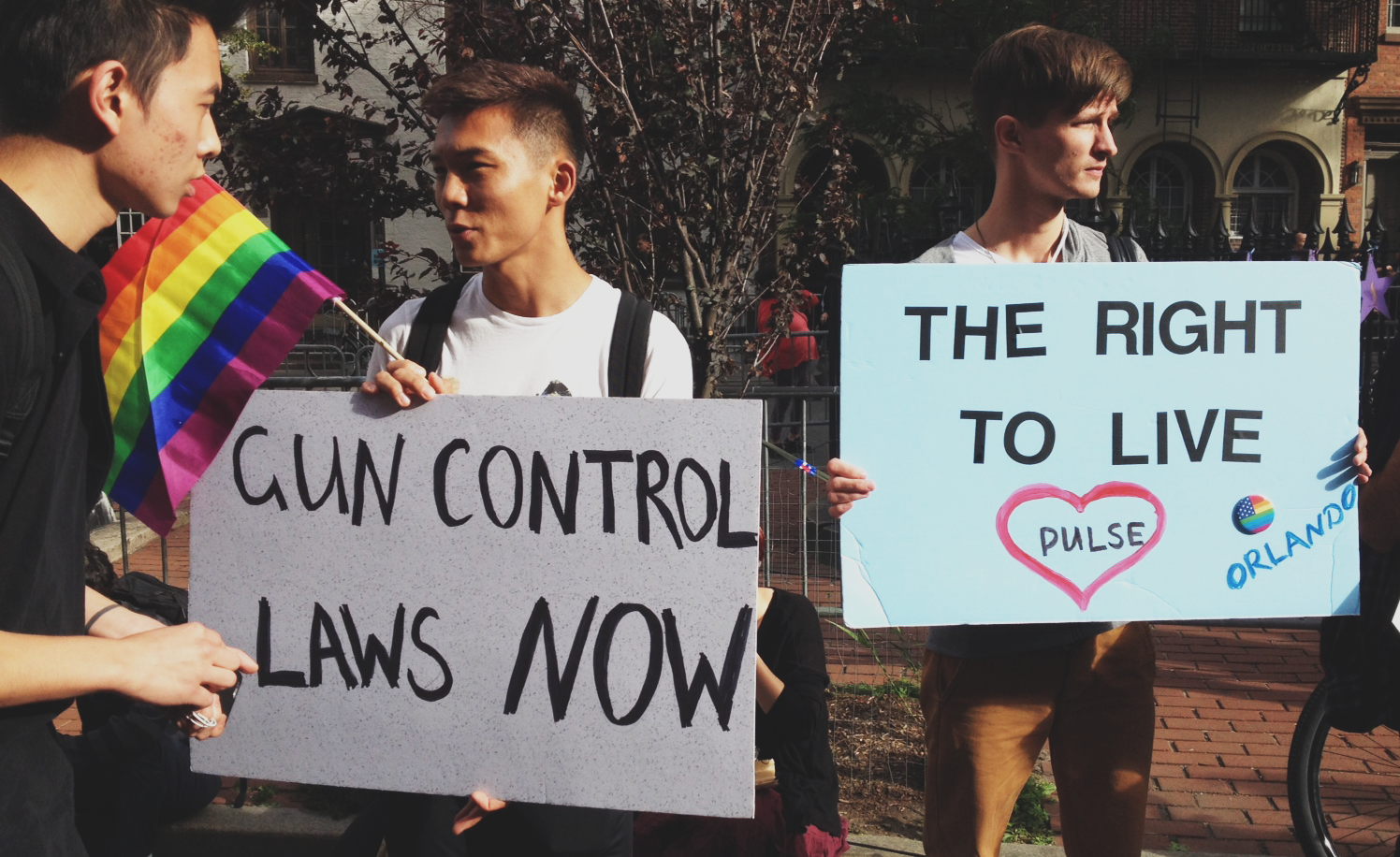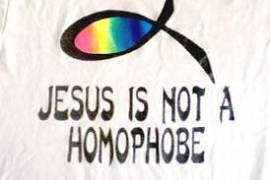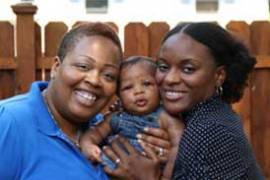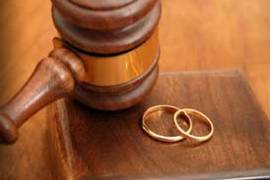This year and right now, the LGBT movement is at an intersection. It’s an intersection where the general public wonders where we go in a post-marriage equality world.
Of course, we have been working for years on where we go: employment fairness, transgender rights, fighting the criminalization of people for living with HIV, working against family rejection that drives young people from their homes to the streets. But we are also at the intersection of identities, where it is crucial that in doing our work we recognize the layered impacts of discrimination based on all facets of one’s being: gender and race, religion and orientation.
That is why Lambda Legal focuses on violence against transgender women of color; has taken a position against the death penalty; works with the Black Lives Matter movement, led by many queer Black women; stands with Muslim advocates against Islamophobia; and works for reproductive justice.
And now, we must step up and fight to end gun violence.
Forty-nine mostly LGBT, mostly Latinx people are dead in Florida after a young man reportedly qualified as a security guard fired more than 200 rounds in a gay club that was a haven for the community, especially during Pride month. Here are the stories, the faces, and the lives of just a few of them.
The mass shooting at Pulse is not a natural disaster like a tornado touching down. It is an entirely predictable result of the toxic brew of lax laws and high-powered killing machines by the millions that flood our country.
The Pulse massacre is exactly that. Massacre. Mass killing. Mass shooting. Slaughter. It is not just a “tragic” “loss” or any other passive expression that will be at all adequately addressed by “thoughts” and “prayers.” We are not passive – we are activists for justice, motivated by a vision and mission to lift pain and suffering and achieve justice, including health and fairness for individuals and community.
This deadly mass attack and the even more numerous individual killings that happen every single day are entirely predictable and sickeningly routine in the United States. They draw more attention at the Pulse gay club in Orlando, or a Black church in Charleston, or a facility for people with developmental disabilities in San Bernardino, or a movie theater in Aurora, or an elementary school in Newtown. But they happen far more frequently, by the scores every day, one by one by one. They may be motivated by hate, powered by a hot head in the moment, greased by alcohol or drugs, spurred by jealousy or the urge for control in intimate or family settings. Occasionally they are connected to mental illness, but mostly not.
Why should the LGBT movement stand up for limits on guns? The personal characteristics most targeted for hate crimes, according to FBI statistics, are race, religion and sexual orientation. Analysis of 5,462 single-bias incidents reported by law enforcement during 2014 revealed that 47% of hate crimes were tied to racial bias, and 18.6% each were tied to sexual orientation and religion.
Put a high-power, high-capacity firearm in the hands of the haters, and the result is slaughter in high numbers. The mass killings get more ink, but the individual killings add up to even more lives lost. And many of those lives are LGBT, often LGBT people of color.
What are the obstacles?
- A much-feared gun lobby in the U.S.
- Willful ignorance: We suppress research and education regarding the truth about guns and fight the appointment of public officials who would shed light on the truth.
- Psychological barriers: We too easily succumb to believing more guns in other hands might somehow save lives, even when science and facts say otherwise, and show conclusively that more guns mean more killings—both accidental and intentional. A Washington Post analysis of Federal Bureau of Investigation and Centers for Disease Control and Prevention data found that, for every gun homicide deemed “justifiable” by officials in 2012, there were 34 criminal gun homicides, 78 gun suicides, and at least two accidental gun deaths. Look at everything from mothers being accidentally shot by their young children in grocery stores and their cars to the fact that public officials like President Ronald Reagan, surrounded by highly armed and trained Secret Service agents, have been shot.
- Hopelessness that there’s nothing that can be done given the guns already saturating the country—as President Barack Obama pointed out, more than one for every resident of the country, and more flying off the shelves.
But it can be done.
More than 90% of Americans believe it should be done. In other countries, even those with many guns, it has been done. After a gunman massacred 35 people in the Tasmanian town of Port Arthur in 1996, John Howard, the Australian prime minister at the time, pushed the National Firearms Agreement to passage. Intentional gun deaths decreased by half in the decade after strict restrictions were put in place. The rate of gun suicides per 100,000 people dropped 65% from 1995 to 2006, and the rate of gun homicides fell 59%.
Our friends, our families, our children deserve our work to make all of us far more safe than we are today.
Some will say we are late in raising our voices, in dedicating our energies, in making this change. But that’s not a reason to hold back now. It never is. It’s a reason to do even more. Now.
Further Reading:





